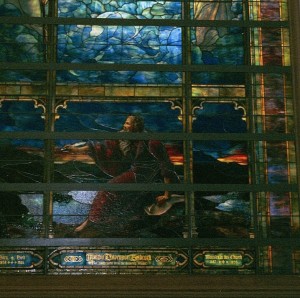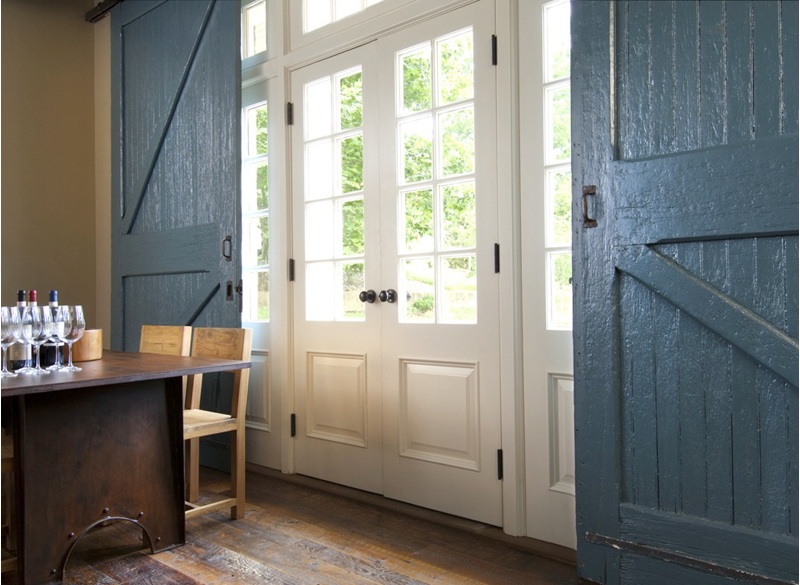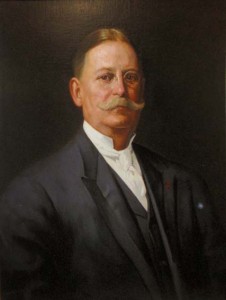 In their recent book “Monuments to Heaven,” historians and authors Sally Johnston and Lois Zanow describe the architecture, art and history of many historic houses of worship in Baltimore. Please join us on a tour with Ms. Johnston and Ms. Zanow to learn about the stained glass windows, lovely mosaic tile work, and great history of two of the city’s most impressive churches: Corpus Christi-Jenkins Memorial Church and Brown Memorial Presbyterian Church. The churches are a short walk apart in the Bolton Hill neighborhood.
In their recent book “Monuments to Heaven,” historians and authors Sally Johnston and Lois Zanow describe the architecture, art and history of many historic houses of worship in Baltimore. Please join us on a tour with Ms. Johnston and Ms. Zanow to learn about the stained glass windows, lovely mosaic tile work, and great history of two of the city’s most impressive churches: Corpus Christi-Jenkins Memorial Church and Brown Memorial Presbyterian Church. The churches are a short walk apart in the Bolton Hill neighborhood.
Behind the Scenes Tour of Corpus Christi and Brown Memorial Churches
Wednesday, May 15, 2013 from 5:30 to 6:30 pm
Meet at Corpus Christi Church: 110 W. Lafayette Ave., Baltimore 21217
RSVP today. $10 members | $20 non-members
Corpus Christi Memorial Church was built in 1891 in memory of Thomas and Louisa Jenkins by their children. Their goal was to build the most exquisite church in Baltimore. Patrick Keeley, the foremost architect of Catholic churches in his day, designed the building. The interior, designed by John Hardman & Company of London, glitters and glows with colorful mosaics accented with gold tessera, stained glass windows and a high vaulted ceiling with clerestory windows. Famous for its large Florentine style mosaics adorning the chancel, Corpus Christi also has smaller mosaic Stations of the Cross as well as a charming mosaic depicting the founding of Maryland. There are four chapels and a baptistery which boast gold mosaic ceilings, marble walls, statues of saints and stained glass windows.
Just one block from Corpus Christi is Brown Memorial Presbyterian Church, built in memory of George Brown in 1870 by his wife Isabella Brown. The church was designed by Nathaniel Hutton and John Murdoch, and the stunning interior has 17 stained glass windows including 12 Tiffany windows, making it one of the world’s largest and finest collections of stained glass. The two largest windows measure 16″ by 32″ and are the largest windows the Tiffany Studios ever made. The chancel has a five part window in the medieval style by the Wilbur Burnham Studios. Without interior columns, there is an unobstructed view of these glorious windows.
I hope you can join us to learn about these wonderful churches and their artwork.






